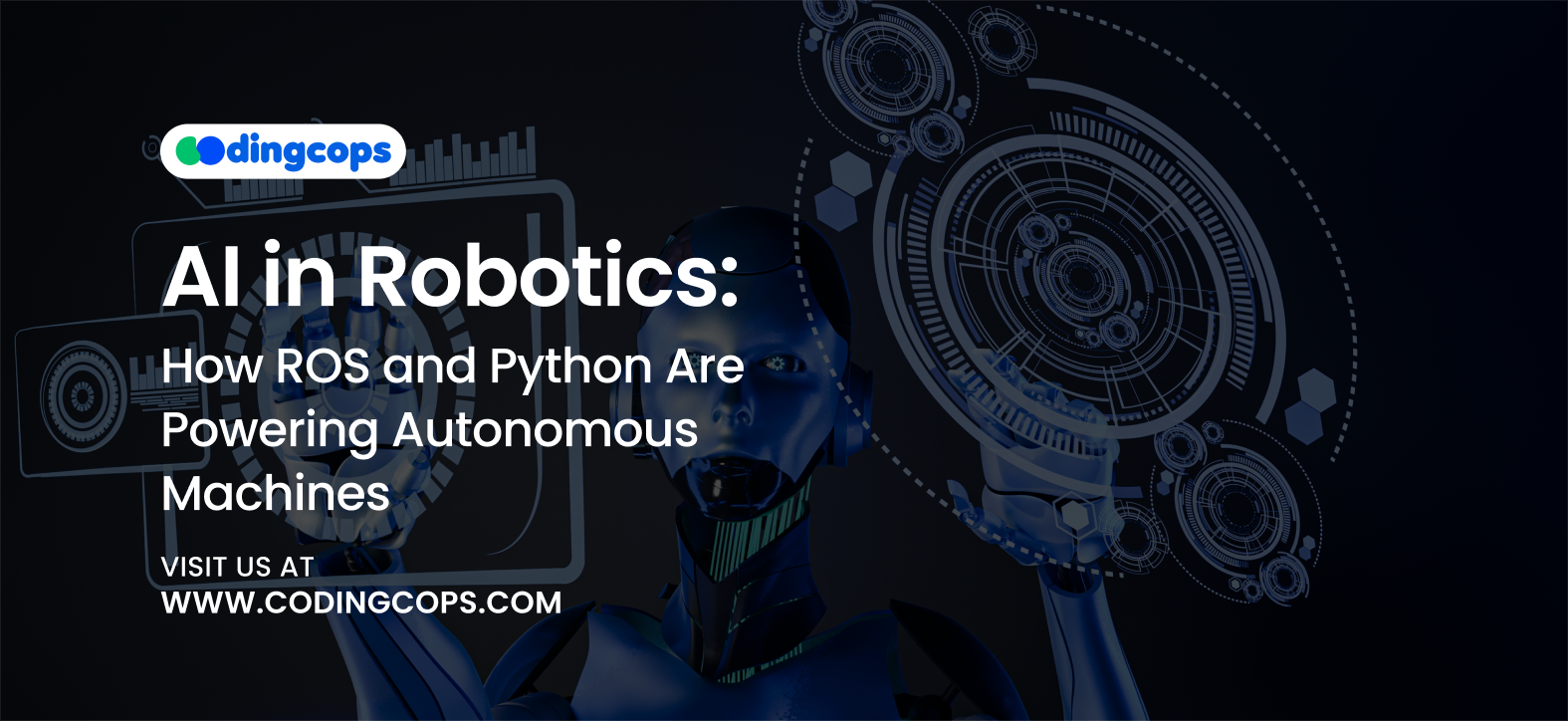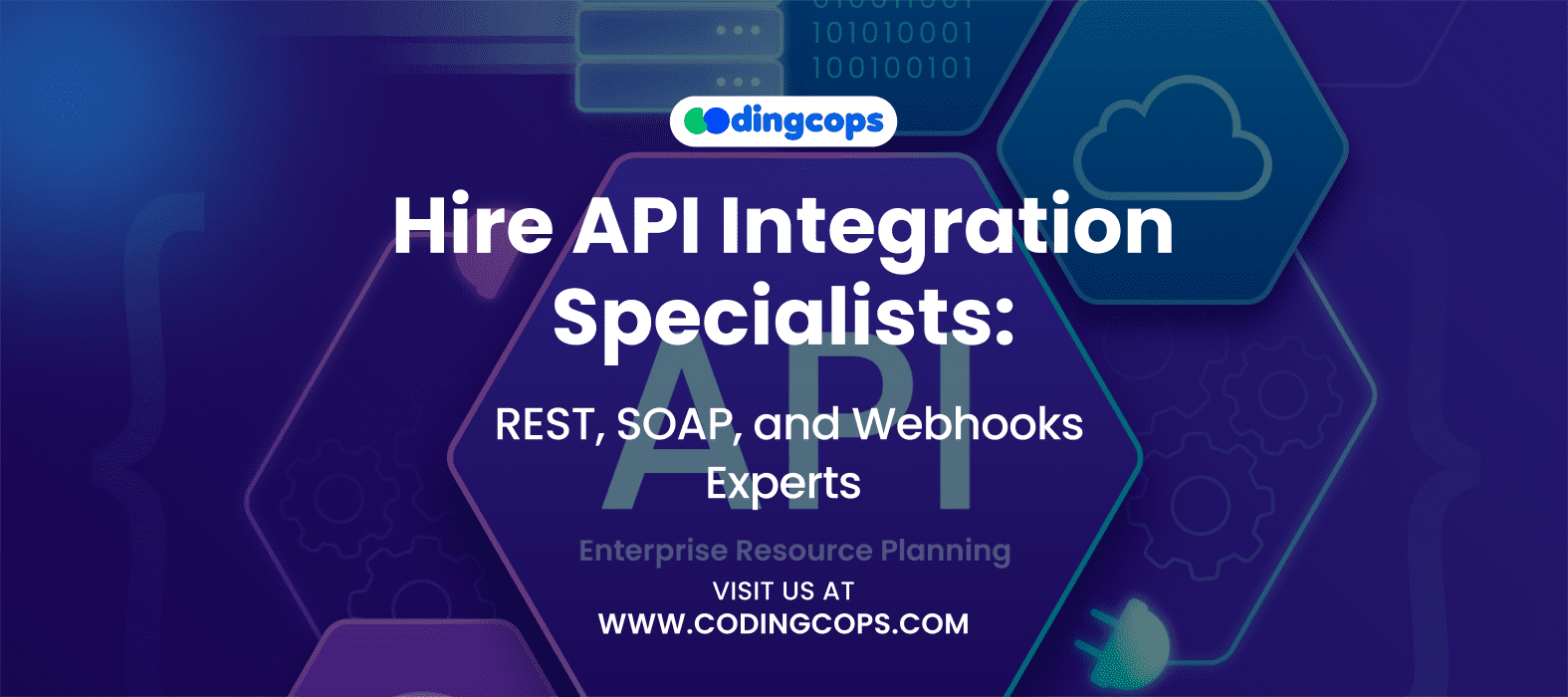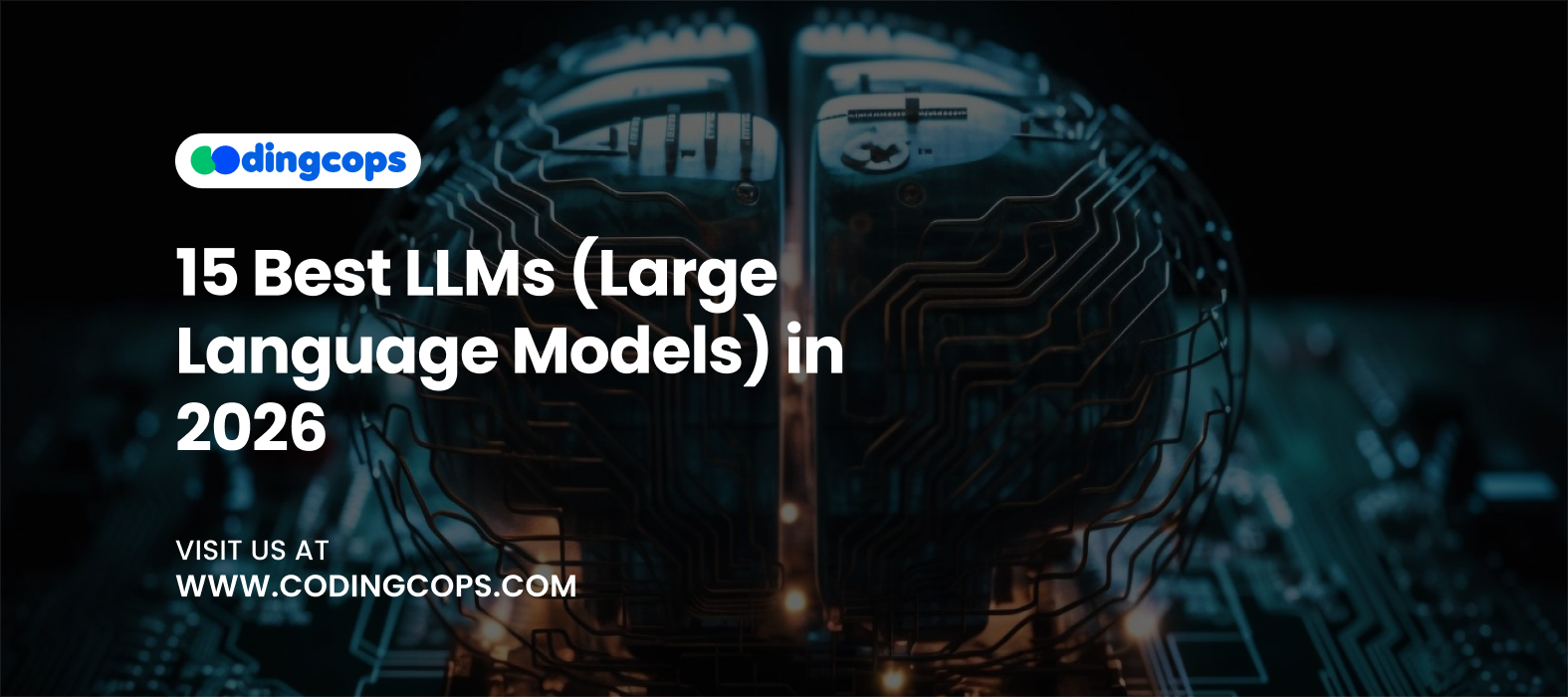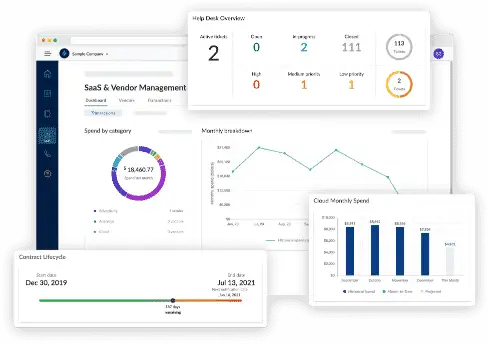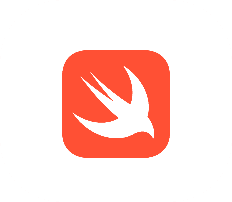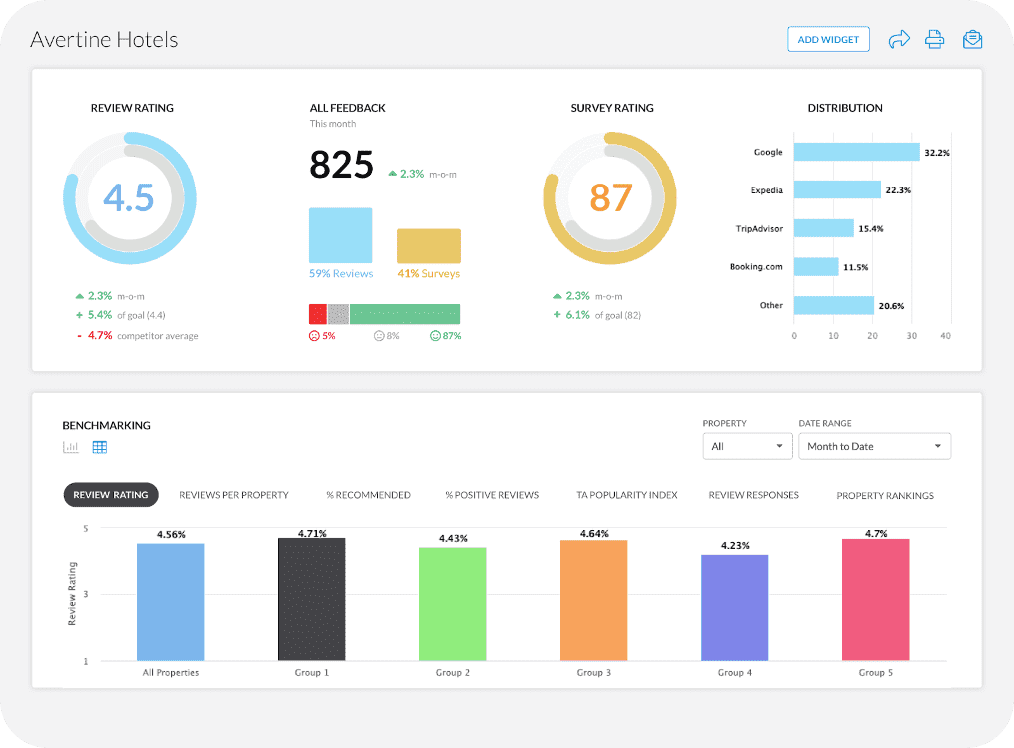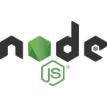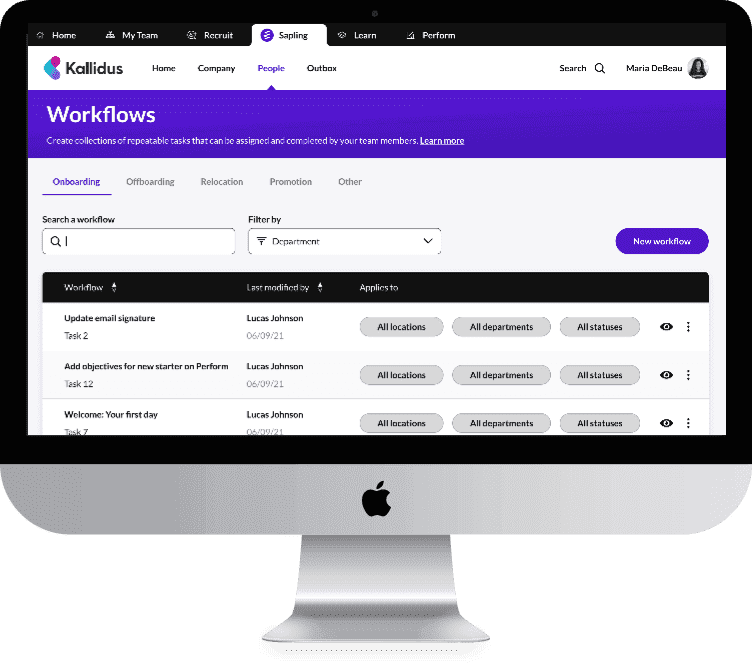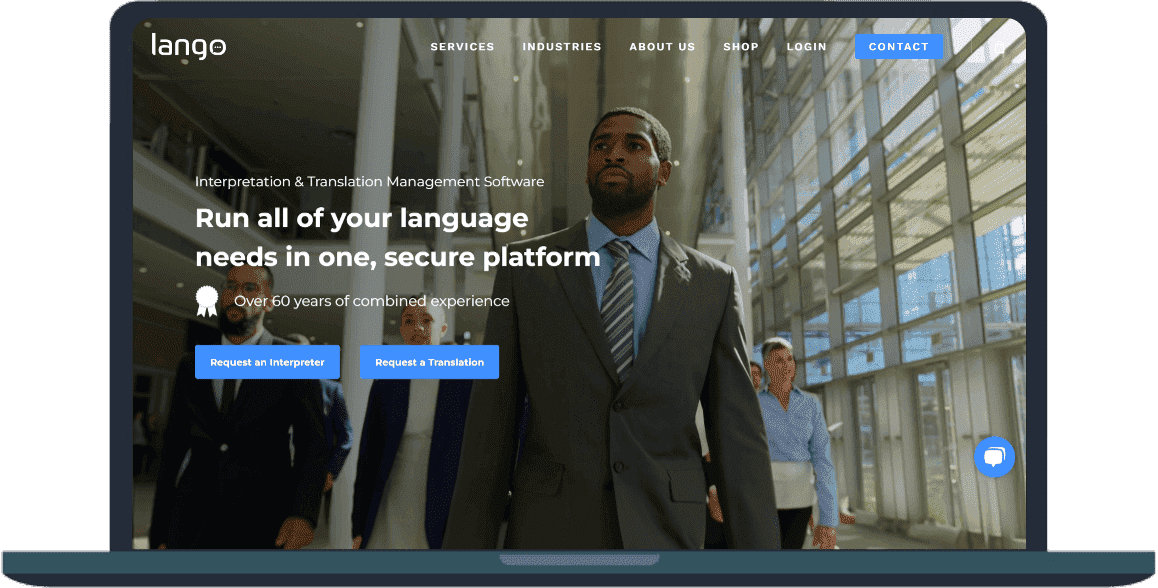According to Statista, the market size for AI in robotics is growing. In less than a decade, it will reach $94.41 billion at a CAGR of 26.82%. This shouldn’t be surprising given how much we rely on AI now. Moreover, AI helps us work better and efficiently.
But robotics isn’t a new concept. George Devol invented the first digitally programmable robot. However, with the advent of AI, we need robotic assistants that can detect and identify objects. Moreover, they should be able to analyze their context and autonomous decisions.
Such robots are becoming a reality now, thanks to Robotic Operating System and Python. Together, they form a dynamic duo that empowers developers to build and deploy autonomous machines that can interact with the world.
In this CodingCops guide, we will look at how AI in robotics is changing the world, and how ROS and Python are powering autonomous machines.
AI in Robotics
AI in robotics enables robots to perceive their surroundings to make complex decisions. These characteristics are consequently essential for independent functioning in dynamic environments.
Robots also need to be able to feel and comprehend their environment. They can handle data from sensors like cameras and ultrasonic detectors thanks to artificial intelligence. Furthermore, robots are able to recognize things and even decipher human motions with the use of machine learning algorithms.
Additionally, machine learning enables robots to gradually enhance their abilities. For instance, reinforcement learning enables a robot to use input from its surroundings to choose the optimal course of action for finishing a task.
Decisions made by autonomous robots must be made instantly. Furthermore, incoming data is processed by AI algorithms to identify the optimal course of action.
Robot Operating System
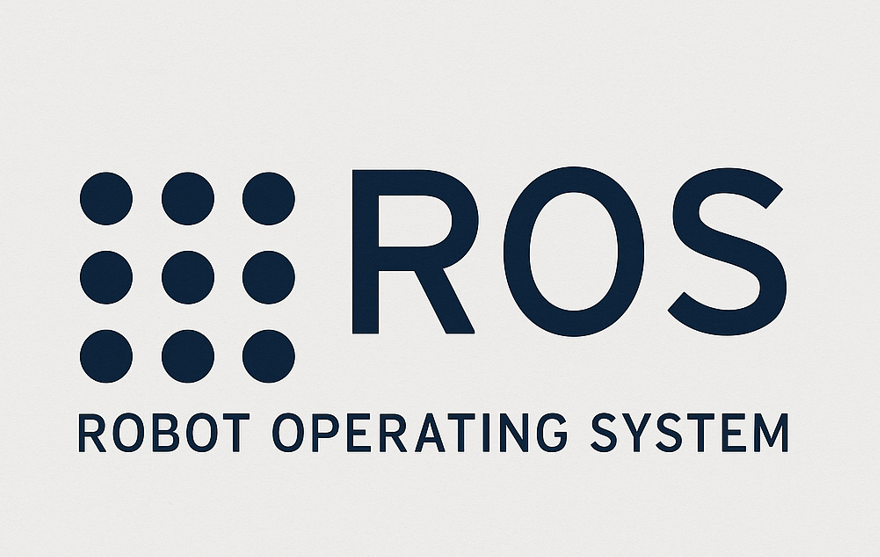
Instead of being a true operating system, the Robot Operating System is a middleware framework that provides tools and libraries to build sophisticated and scalable applications. Since its initial release, ROS has become the industry standard for robotics software development.
ROS allows developers to separate robotic applications into smaller programs called nodes. Furthermore, each node performs a specific task, like reading sensor data. Additionally, nodes communicate with each other through services. This enables a flexible and distributed architecture.
Additionally, ROS uses a publish/ subscribe model for data exchange. For example, a camera node might publish image data on a topic. Moreover, while an object recognition node subscribes to it for processing.
Motion planning and navigation are only two of the many packages and libraries available in ROS. Tools like Gazebo and RViz can also speed up testing and development.
Python for AI in Robotics
First of all, Python’s understandable syntax makes it simple to use. It is therefore perfect for quick testing and prototyping. Furthermore, developers may test concepts without worrying about complex syntax.
All of the main AI and machine learning frameworks, including TensorFlow and Keras, are supported by Python. These programs facilitate the development of neural networks.
Moreover, ROS provides Python support through the client library. Additionally, this enables developers to write ROS nodes in Python.
Python has a great and vibrant community that provides extensive documentation. This support accelerates development and learning.
Why ROS and Python are A Great Combination?
Python and ROS combine to provide a potent stack for creating self-sufficient devices. To include AI algorithms straight into the robotic operation, developers can create ROS nodes in Python. For instance, an image processing node can use OpenCV and TensorFlow to detect objects in real time and publish coordinates for navigation.
Furthermore, trained neural networks in Python can be deployed within ROS to make predictions on the fly. For instance, utilizing camera input, a convolutional neural network can recognize impediments, and a ROS node may use the output to travel safely.
Python ROS packages enable robots to map and navigate their environment using AI techniques. Additionally, techniques like particle filters and Kalman filters—which are frequently employed in Python—are crucial for localization and mapping.
Additionally, developers may use ROS and Python to operate and simulate whole robotic systems with Gazebo. This allows for safe and repeatable testing of AI behaviors without risking hardware.
Applications of AI in Robotics
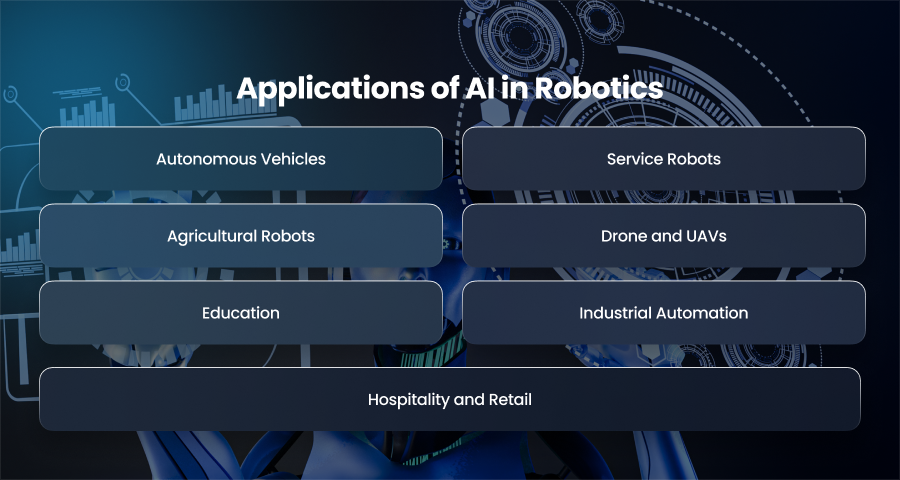
Autonomous Vehicles
Self driving cars rely heavily on AI for perception and planning. Moreover, companies use ROS as their middleware and integrate AI modules in Python for lane detection and route planning. Additionally, ROS manages sensor data fusion from LiDAR and cameras.
Service Robots
In healthcare, robots use ROS to assist with caregiving. Moreover, AI algorithms enable the robot to understand voice commands and recognize faces in home environments. Additionally, Python developers enable the development of these intelligent features.
Agricultural Robots
ROS and Python are used in farming robots that monitor crops and perform targeted weeding. Also, companies use machine learning models to distinguish between crops and weeds in real time, hence helping reduce pesticide usage.
Drone and UAVs
Drones use ROS and Python for flight control and aerial mapping. Moreover, open source projects integrate with ROS to manage flight data. Additionally, AI developers can configure drones classify objects and go through areas where GPS is restricted.
Education
Universities utilize the TurtleBot platform to teach robotics. To operate the robot and replicate behavior in Gazebo, students create Python programs in ROS. Moreover, this experience is crucial for developing future robotics developers.
Industrial Automation
Factory and warehouse automation is being carried out using ROS-powered robotic arms and mobile robots. Many organizations use ROS for their logistics robots. This enables them to navigate large facilities and transport goods efficiently. Additionally, AI algorithms in Python help these robots detect and classify packages and ensure safe operations in dynamic industrial environments.
Hospitality and Retail
Robots are now appearing in hotels and restaurants. Delivery robots equipped with ROS use AI to detect humans and even respond to voice queries. In retail, shelf scanning robots monitor inventory and detect misplaced products using vision AI models integrated with ROS.
Challenges of AI in Robotics
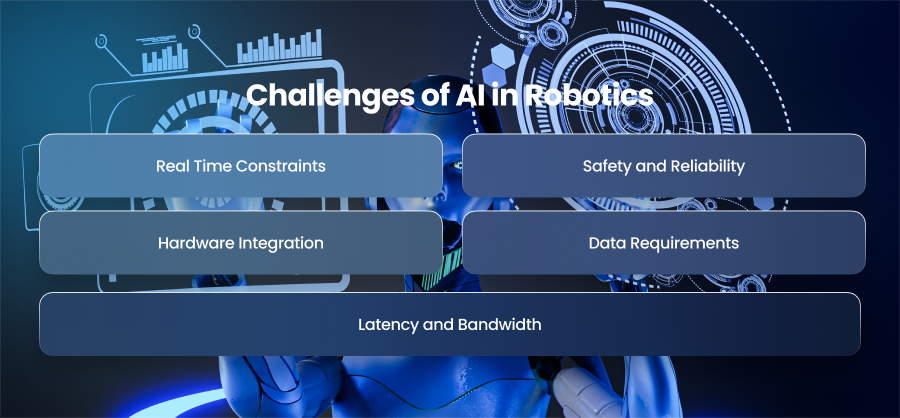
Real Time Constraints
AI models are significantly computationally intensive. Hence, running them on embedded systems with limited resources is difficult. But ROS 2’s support for real time computing is helping address this issue.
Safety and Reliability
Autonomous robots must operate safely around humans. Moreover, AI algorithms must be robust to unexpected inputs. Moreover, ROS provides tools for monitoring and debugging, but ensuring reliability remains a challenge.
Hardware Integration
It’s difficult to combine sensors and processors into a cohesive system is complex. Additionally, ROS helps manage this integration, but hardware abstraction and standardization are ongoing concerns.
Data Requirements
Large quantities of high quality data are needed to train AI algorithms. Furthermore, gathering this kind of data in robots is costly and time-consuming. Also, simulated environments help, but there’s often a gap between simulated and real world performance.
Latency and Bandwidth
Some AI robots rely on cloud based processing, which introduces latency and requires stable internet connectivity. Additionally, in critical applications, any delay in data processing could result in failures.
Final Words
The combination of AI, ROS, and Python has transformed robotics from rigid automation to intelligent autonomy. AI provides the brain, and ROS is the nervous system. From autonomous vehicles to service robots, this trio is powering some great innovations.

